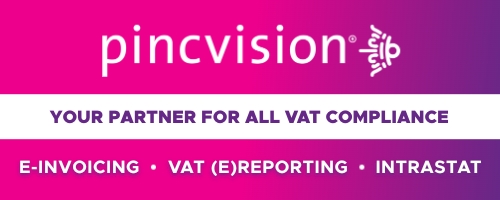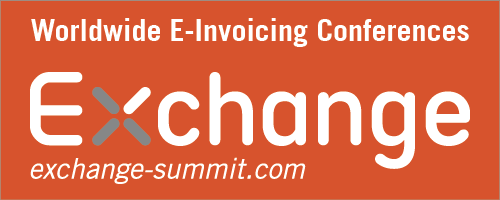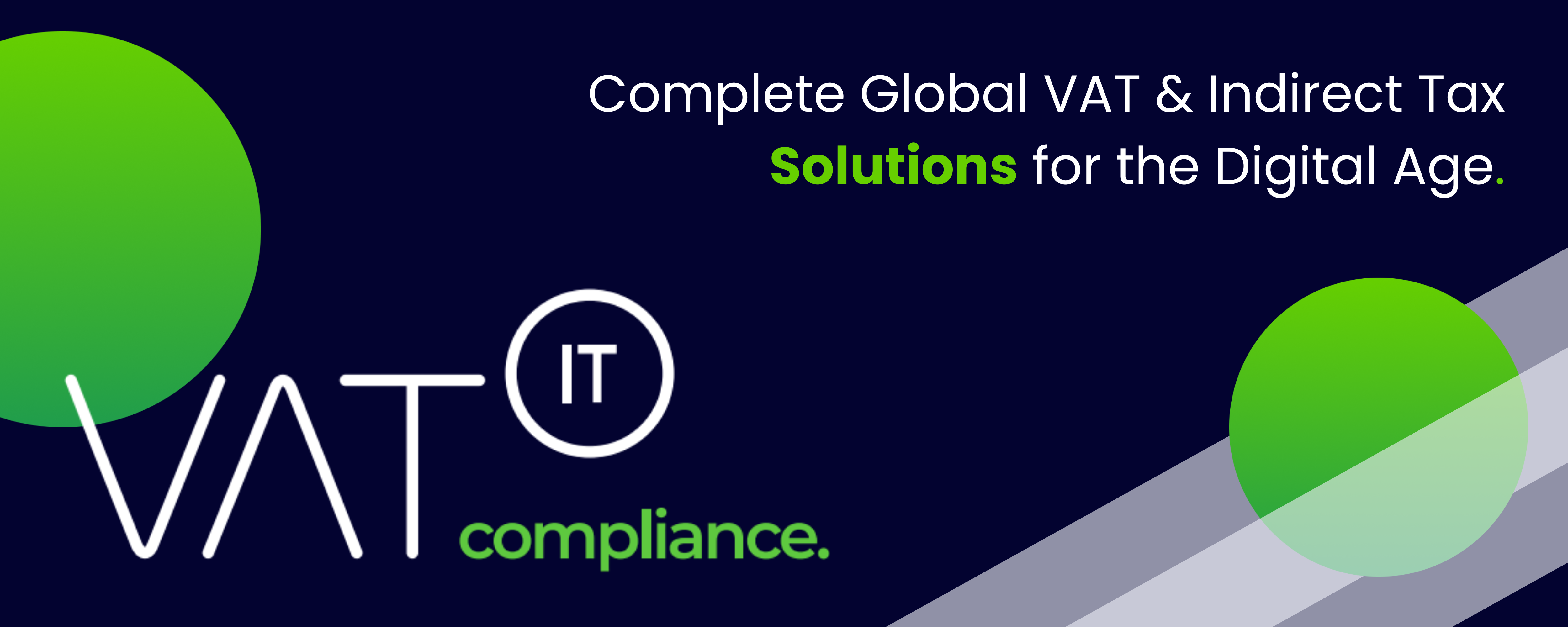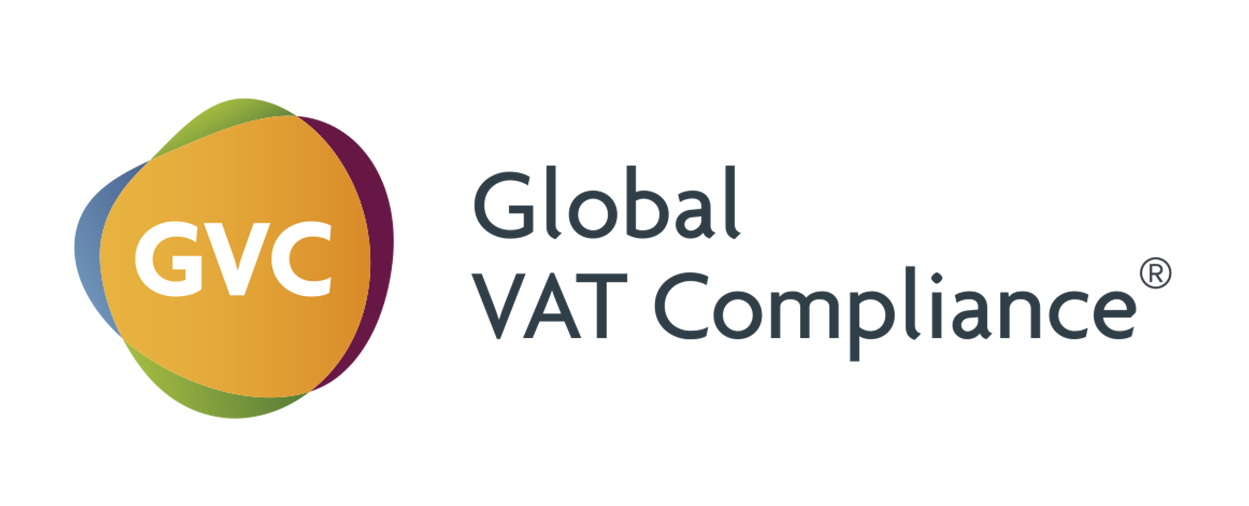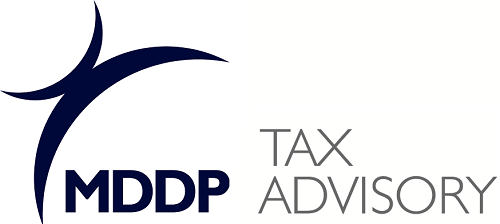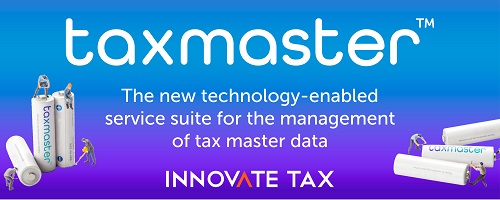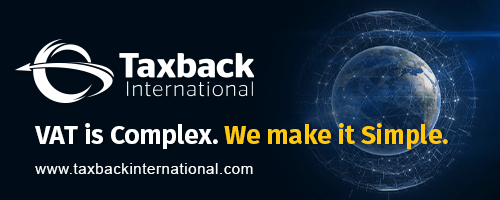Here’s a briefing document summarizing the key information from the provided sources regarding the Polish KSeF e-invoicing mandate:
Briefing Document: Poland’s Mandatory KSeF E-Invoicing System
Executive Summary:
Poland is implementing a mandatory national e-invoicing system called KSeF (Krajowy System e-Faktur). This requires businesses operating in Poland to issue, receive, and store invoices electronically through a centralised, government-controlled platform. The implementation is phased, with specific deadlines for larger and smaller businesses. While some transitional arrangements exist, the long-term goal is a fully digital invoicing ecosystem. The latest updates include the draft Act combining previously discussed points and the FA_VAT (3) schema with technical changes.
Key Themes and Facts:
- What is KSeF? “KSeF (Krajowy System e-Faktur) is the Polish National e-Invoice System. It mandates electronic invoicing for businesses operating in Poland, requiring invoices to be issued, received, and stored through a centralised, government-controlled platform.” This signifies a shift from traditional paper or PDF invoices to a structured electronic format (FA_VAT) submitted directly to the KSeF system. It marks a move away from traditional paper-based or PDF invoices towards a structured electronic format.
- Implementation Timeline: The mandate is being rolled out in two phases:
- “1st February 2026: For taxpayers whose sales (including tax) exceeded PLN 200 million (approximately EUR 46 million) in 2025.”
- “1st April 2026: For all other taxpayers.”
- Exemptions and Transition Periods: Micro-enterprises: “Until 30th September 2026, ‘digitally excluded’ taxpayers with transactions not exceeding PLN 450 (approximately EUR 100) per single invoice and a total monthly sales value up to PLN 10,000 (approximately EUR 2,300) can continue to issue invoices in their current form.” These taxpayers are described as “digitally excluded” (Pl.: wykluczonym cyfrowo).
- Offline Mode: “All taxpayers can voluntarily use an offline mode until the end of 2026. This allows issuing invoices outside of KSeF and sending them to the system within one business day to ensure business continuity.” It’s a means to ensure business continuity.
- Mandatory Invoice Format: “The mandatory format for e-invoices within KSeF is FA_VAT.” This is a specific XML schema defined by the Polish Ministry of Finance for structured e-invoice data. Only FA_VAT will be the mandatory format for KSeF.
- B2C Invoices: Issuing business-to-consumer invoices through KSeF is “voluntary“. Consumers can access these invoices via QR codes.
- Technical Changes: Key changes include:
- Attachments: Allowed using the “Attachment” node in the FA_VAT(3) schema. “Attachments could be submitted via KSeF using the FA_VAT(3) schema’s optional “Attachment” node. Structured data will be allowed, with customizable fields to support various industries.”
- QR Code Certificates: Available from 1st November 2024 for use during system failures or offline mode. “Taxpayers will be able to generate and download invoice issuer certificates starting from 1 November 2024, in case of system failure or during offline modes.”
- KSeF Environment Alignment: Optional functionalities are being replaced with mandatory KSeF functionalities in Q4 2025. “will be aligned, so the current optional system will be replaced with the mandatory KSeF system in Q4 of 2025. Taxpayers will have access to the functionalities and technical solutions of the mandatory KSeF before 1 February 2026..”
- FA_VAT (3) Schema Updates: Changes include new rules for payment deadlines and adding the JST label for local government units. “New rules for showing the payment deadlines; Adding the JST label to ensure local government units have access to relevant invoices; Other improvements based on the comments gathered during previous public consultations; Adding a new role as “employee” under Podmiot3 node.”
- Support and Resources: The Polish government is planning several support measures:
- KSeF Hotline: A dedicated hotline will be available from January 2025, providing substantive and technical information. “January 2025 – opening KSeF hotline.”
- Training: Tax offices will offer on-site and online training on KSeF functionalities, e-invoicing scope, QR code generation, and system access. “In May, tax offices will start providing KSeF on-site and online training, including system functionalities, the scope of mandatory e-invoicing, rules for generating QR codes, and methods of gaining access.”
- Free e-invoicing Tools: The KSeF Taxpayer Application, e-mikrofirmy, and a KSeF mobile application will be provided free of charge. “Furthermore, free e-invoicing tools, i.e., the KSeF Taxpayer Application, e-mikrofirmy, and the KSeF mobile application, will be provided.”
- Payment Implications: “From 1st August 2026, it will be mandatory to provide the KSeF identification number in payments for invoices, including those using the split payment mechanism (MPP).” “providing the KSeF identification number in payments for invoices, including in the split payment mechanism (MPP), will be mandatory from 1 August 2026;”
- Draft Act Developments (November 2024): The latest draft Act combines points discussed during public consultations. It confirms the timelines for mandatory e-invoicing (February/April 2026), confirms B2C e-invoices can be issued voluntarily, allows cash register invoices until August 2026, mandates the KSeF number on bank transfers from August 2026, and allows voluntary offline mode until the end of 2026.
- Schema Changes (FA_VAT (3)): The draft schema includes e-invoice attachments, QR code certificates for taxpayers, new rules for showing payment deadlines, adding the JST label, and adding a new role as “employee” under Podmiot3 node.
Key Dates:
- 1st November 2024: Taxpayers can generate and download invoice issuer certificates.
- January 2025: KSeF hotline opens.
- Q1 2025: Finalizing legislation.
- June 2025: Publication of API documentation.
- June-August 2025: API tests.
- September-December 2025: Open tests on KSeF.
- November 2025: Alignment of KSeF environments. and creating PROD environment 2.0.
- 1st February 2026: Mandatory KSeF for larger businesses.
- 1st April 2026: Mandatory KSeF for all other businesses.
- 1st August 2026: Mandatory KSeF number on bank transfers.
- 1 August 2026: ability to issue invoices on cash registers until 1 August 2026
- 30th September 2026: End of transition period for micro-enterprises.
- End of 2026: End of voluntary offline mode.
Implications and Considerations:
- Businesses need to understand the KSeF mandate and prepare for compliance by the relevant deadlines.
- Technical readiness is crucial, including adapting systems to the FA_VAT format.
- Training and support resources should be leveraged to ensure a smooth transition.
- The requirement to include the KSeF number in payments will impact accounting and payment processes.
- The optional use of the offline mode and B2C e-invoicing offer flexibility but also require careful consideration.
- Continuous monitoring of regulatory updates and clarifications is essential.
- Consider that KAS authorities, Tasks of the National Revenue Administration (Pl.: Krajowa Administracja Skarbowa ), can use KSeF data during their proceedings.
Next Steps:
- Assess the impact of KSeF on current invoicing processes.
- Review and update accounting and ERP systems to comply with the FA_VAT format.
- Train staff on the new requirements.
- Monitor updates from the Polish Ministry of Finance.
- Ensure that systems can handle e-invoice attachments via KSeF.
- Prepare for the generation and downloading of QR code certificates.
- Participate in public consultations (if possible) to provide feedback on the draft Act and technical documentation.
Key resources




